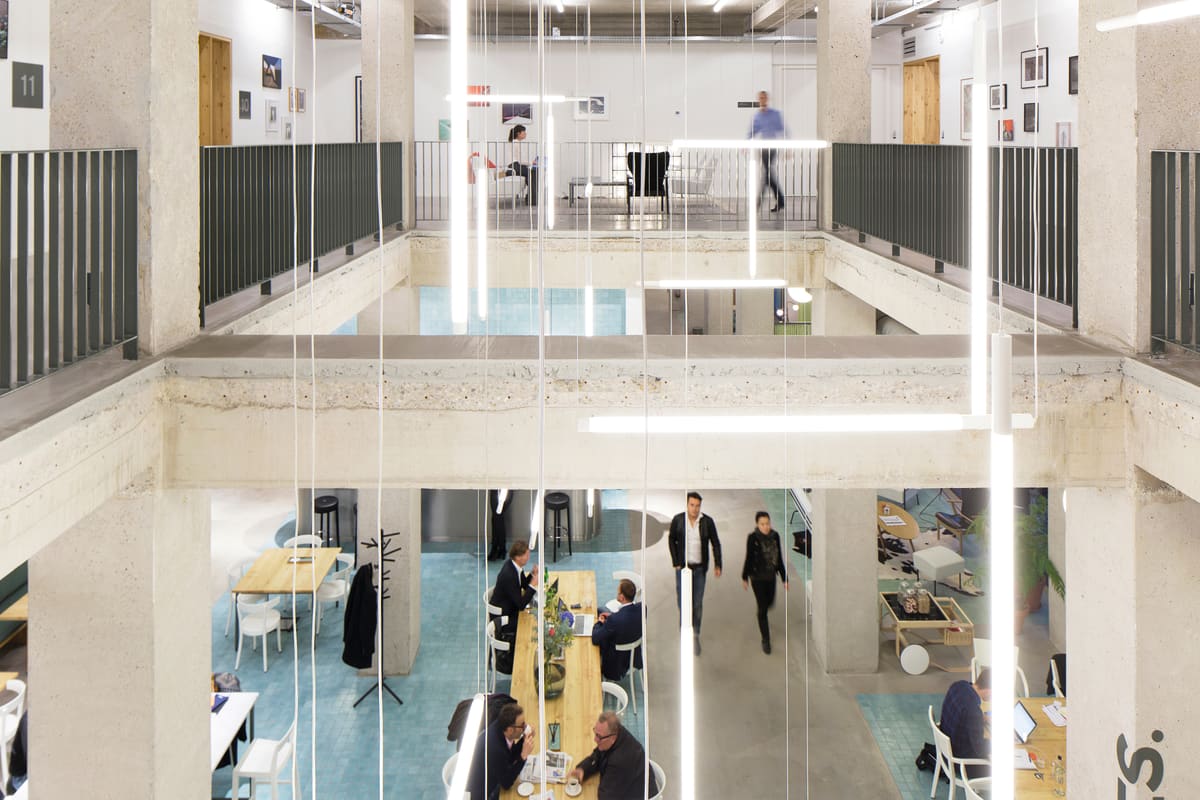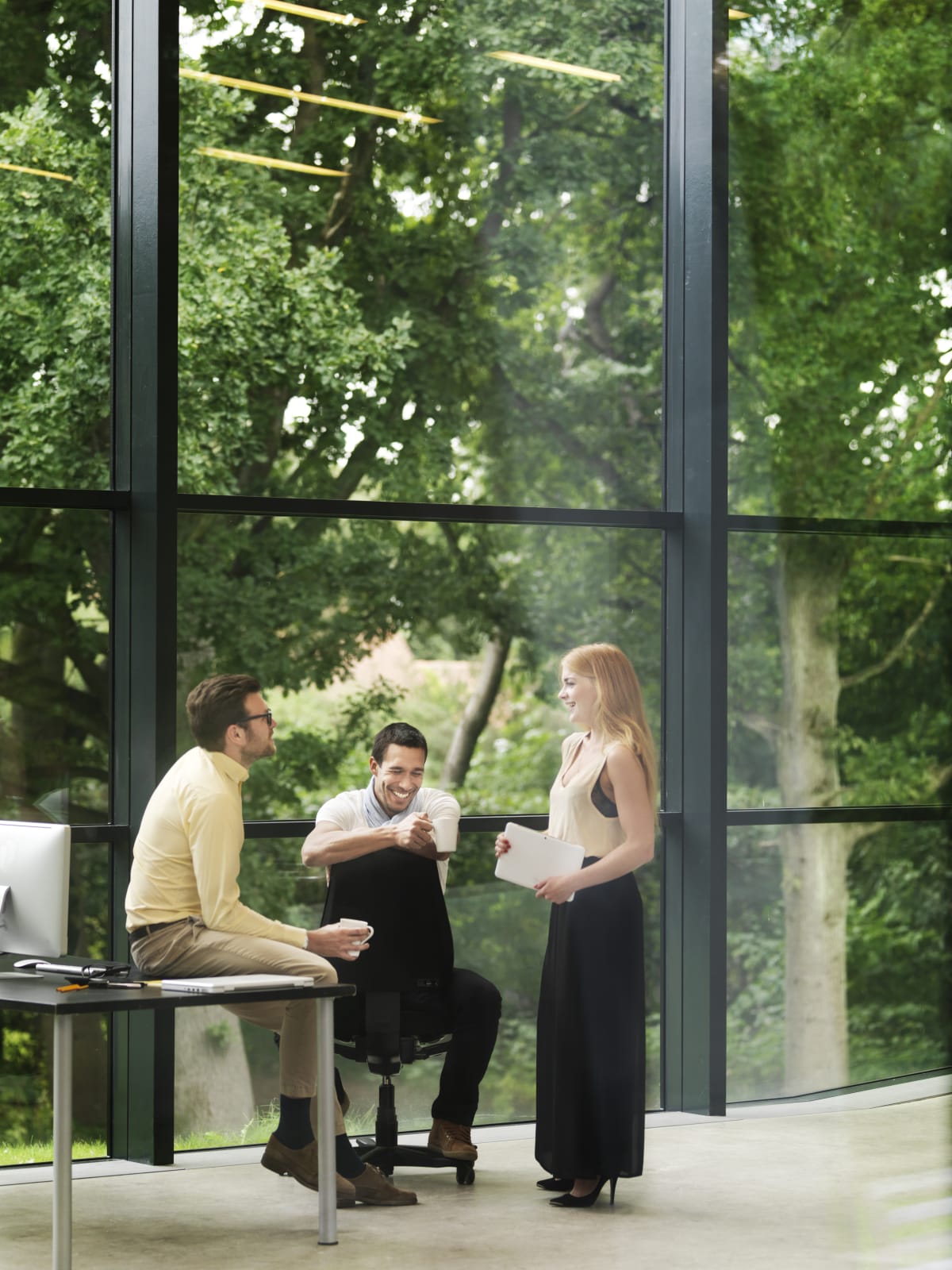Hybrid working can lead to significant reductions in fossil fuel use and greenhouse gas emissions thanks to fewer car and plane journeys, while companies can reduce their carbon footprint by downsizing offices.
Blue sky thinking
In the early days of the pandemic, as offices closed and nations went into lockdown, the clear blue skies reported in major cities, from Los Angeles to New Delhi, were a striking demonstration of the connection between commuting and global warming.
According to Future Earth’s Global Carbon Project, the Covid-19 lockdowns in 2020 caused fossil carbon dioxide emissions to decline by an estimated 2.4 billion tonnes – a record drop, with the largest share of the global decrease coming from reduced emissions from transport, both on the ground and in the air.
It’s clear that the reduced levels of commuting connected to hybrid working in the future will have a significant (if smaller) effect. Global Workplace Analytics has estimated that if all US residents who could and wanted to work from home started doing so for half the week, it would be the greenhouse gas equivalent of taking the entire New York State workforce off the road.
Also factored in should be the decrease in emissions as a result of less business air travel, as hybrid workers continue to use videoconferencing. Even a small reduction in air travel can have significant benefits in terms of air pollution: a return flight between San Francisco and London produces more than twice the greenhouse emissions produced by a family car in a year.
Getting the balance right
As well as individual workers, companies will also be responsible for fewer emissions in the hybrid world. Reducing employee commuting is the most effective way they can reduce their environmental impact. And with staff working partly from home or close to home, firms will also be able to downsize their office headquarters, with a consequent reduction in energy use.
Of course, reduced emissions at the office and from commuting have to be balanced against increased energy use in the home. However, most studies show that home or local working results in a net reduction, with one suggesting it can be as much as 77%.
Taking action
In its own way, hybrid working can be seen as an indirect form of climate action. As the UN has pointed out, although greenhouse gas emissions dropped in 2020, emissions are likely to return to higher levels once the global economy begins to recover from the pandemic. By adopting a hybrid work model, companies can significantly reduce their own carbon footprint and those of their employees. On its own, this isn’t the answer to the climate emergency, and other measures will need to be taken but, nevertheless, switching to hybrid working is a step that can clearly bring positive results.
A blueprint for the future
IWG’s latest Spaces location in the heart of Oslo is helping to define a revolutionary new approach to future office development, with a massively reduced environmental footprint. The upgrade of a tired 1950s building used only reclaimed or recycled materials from refurbished or demolished sites around the city, including offices, a school and even a care home. The principle also extended to reusing furniture, and whenever new items had to be created, they were also made from repurposed materials.
The positive environmental impact has been immense. The use of existing products has reduced CO2 emissions by up to 95%. Just using old tiles has saved 34,000kg of CO2, equivalent to 8,500 burgers. Overall, the project is recognised as being at the forefront of circular construction principles. And its look, feel and environmental credentials have found a receptive audience among Oslo’s younger workers. “They really like its quirkiness as well as its green heritage,” says Thomas Weeden, IWG’s Country Manager of Norway and Finland.
Could your business tackle climate change with hybrid working? Find out more about IWG’s flexible workspaces and read our white paper on the environmental benefits of the hybrid approach.






